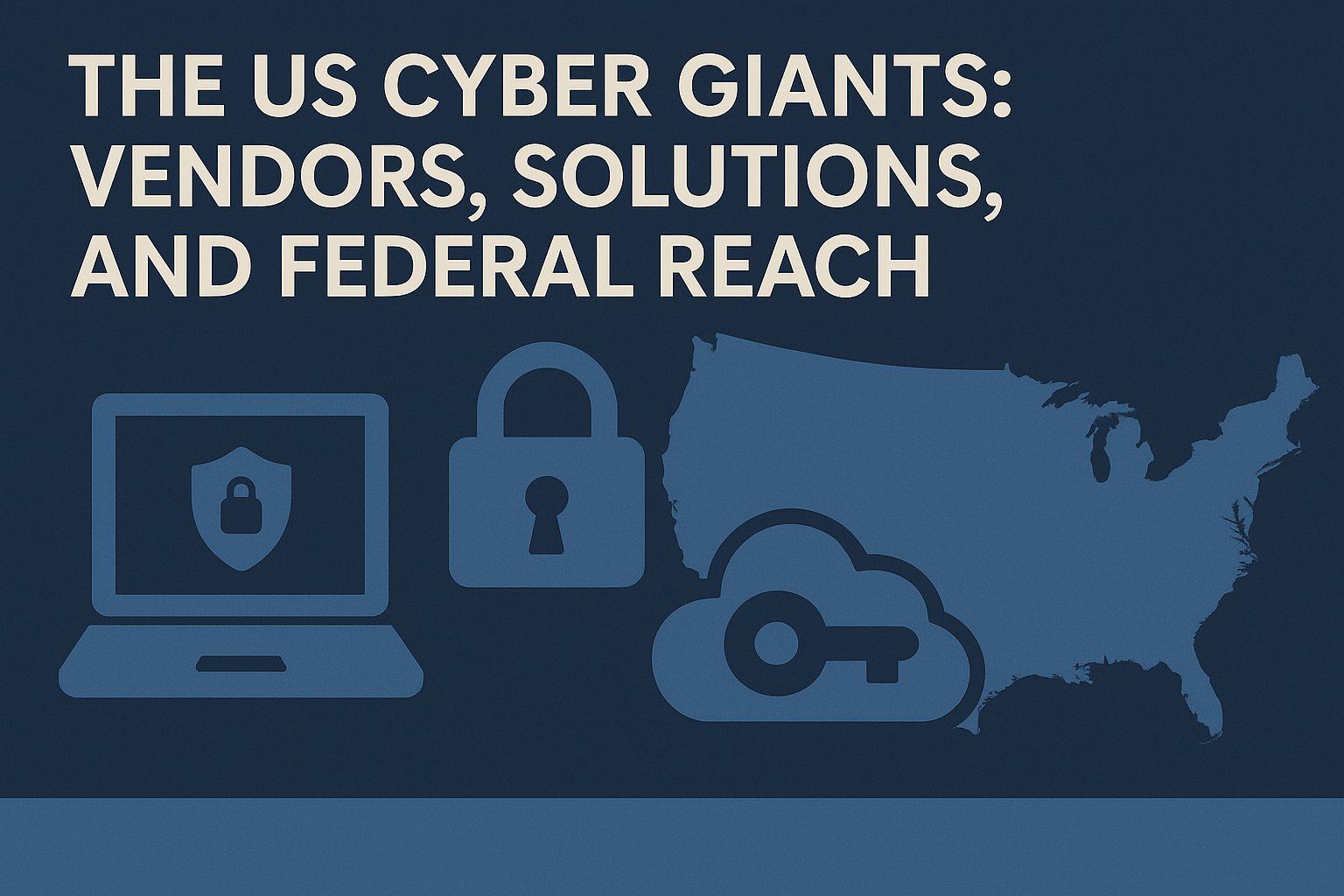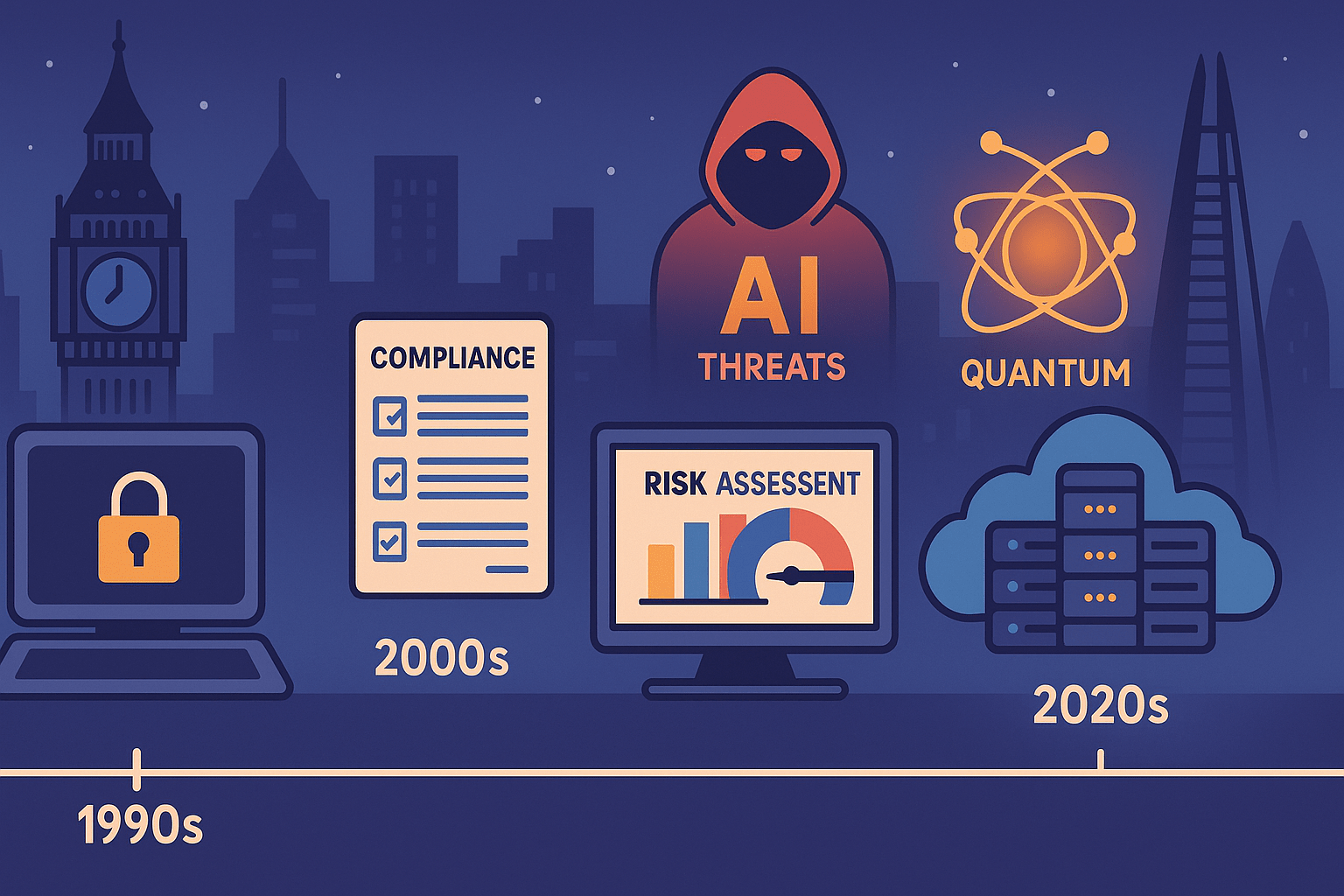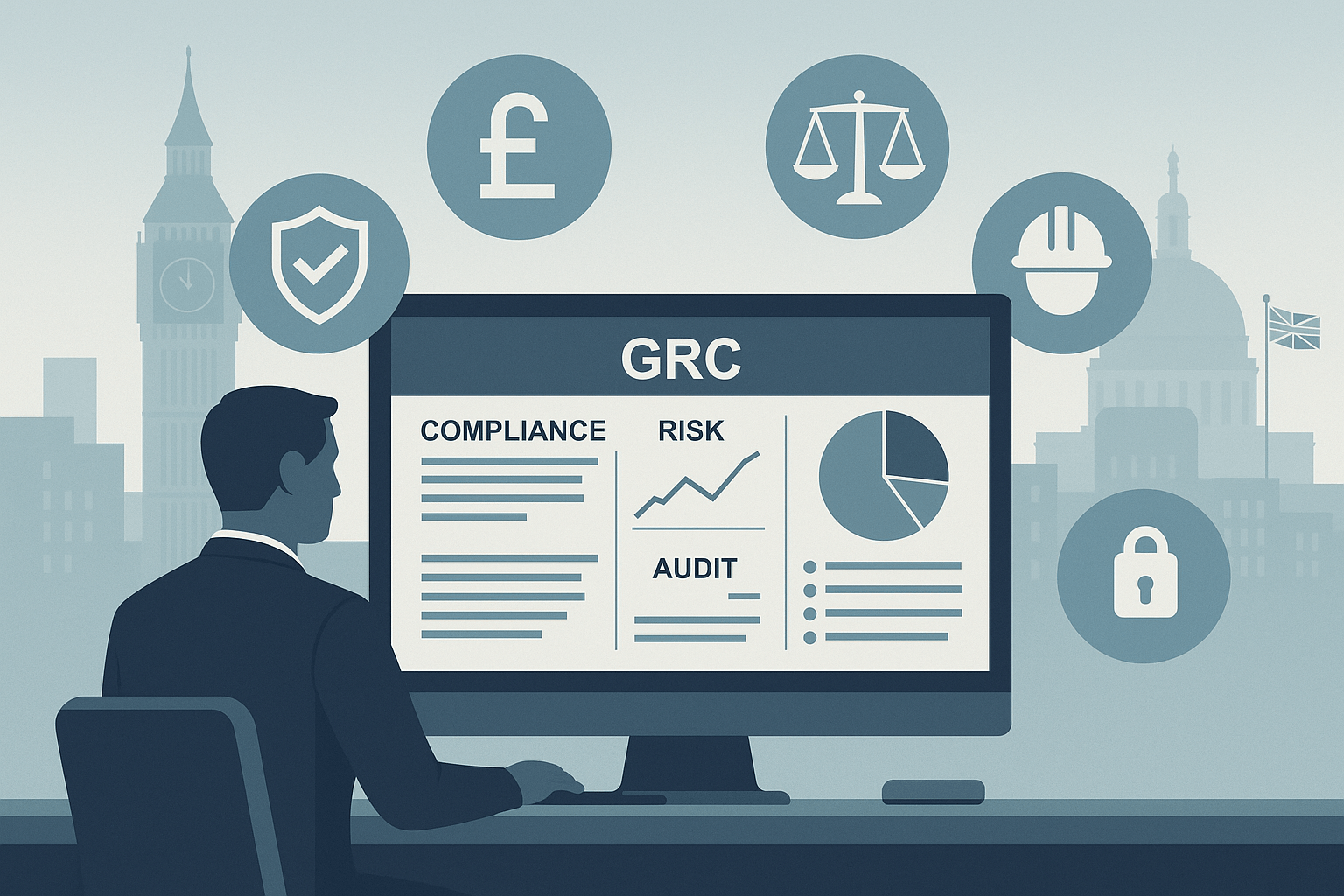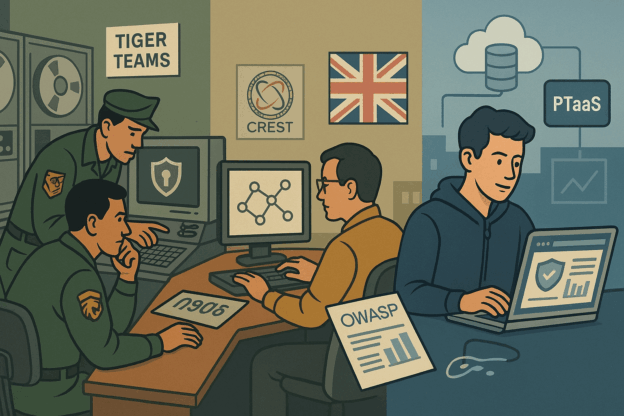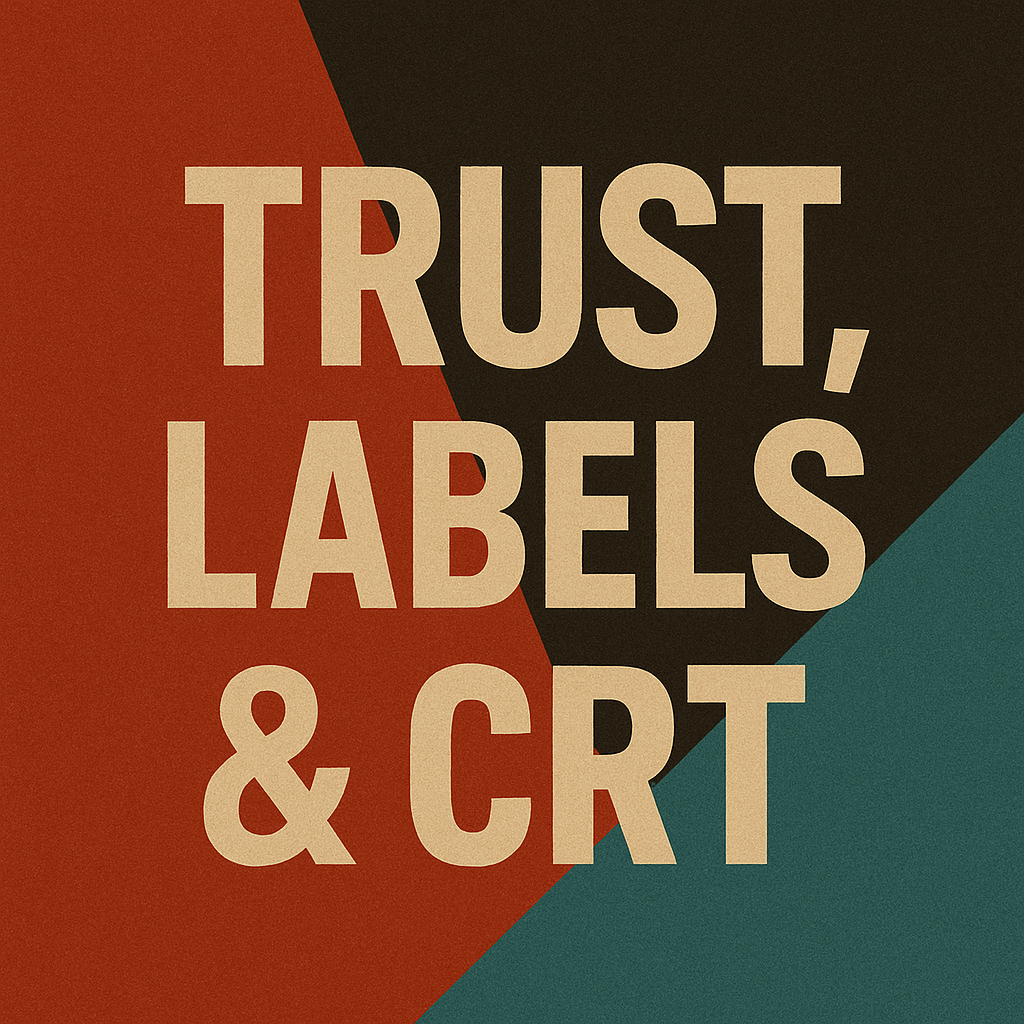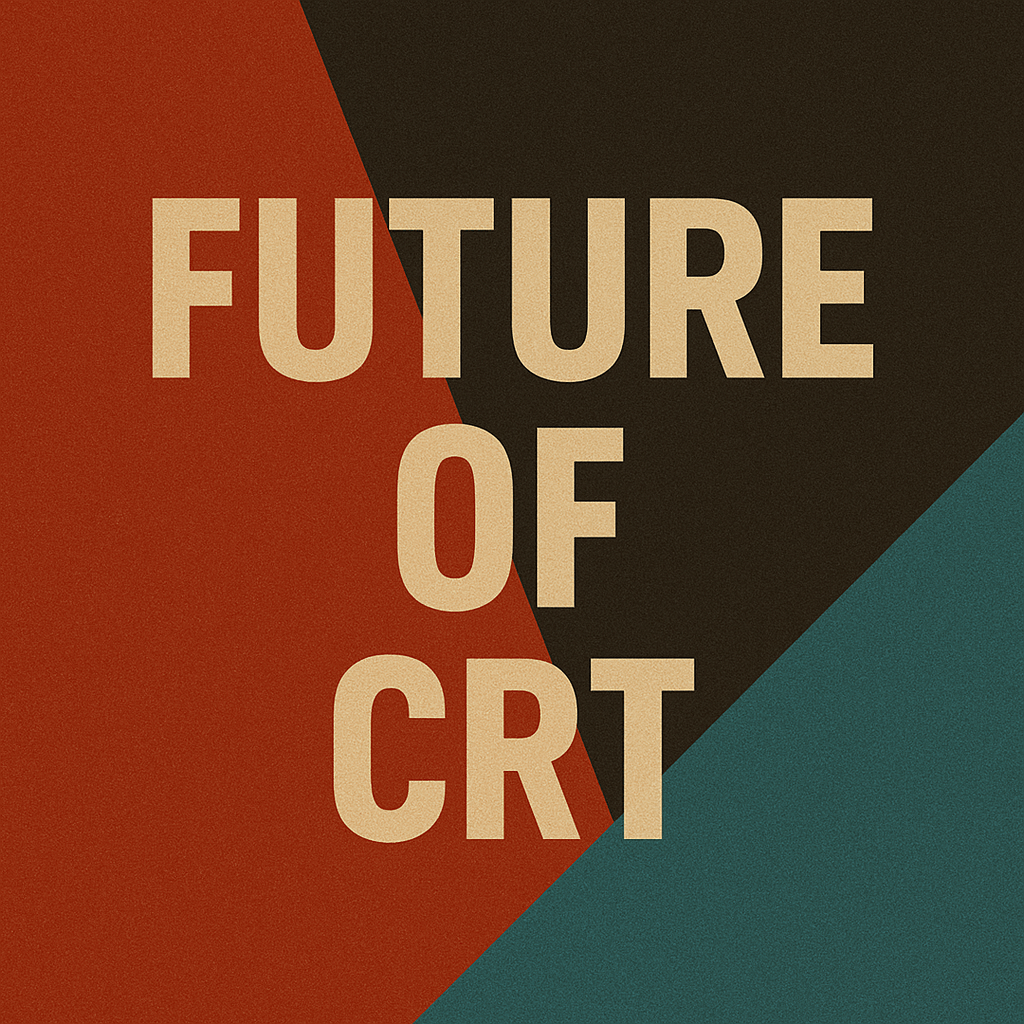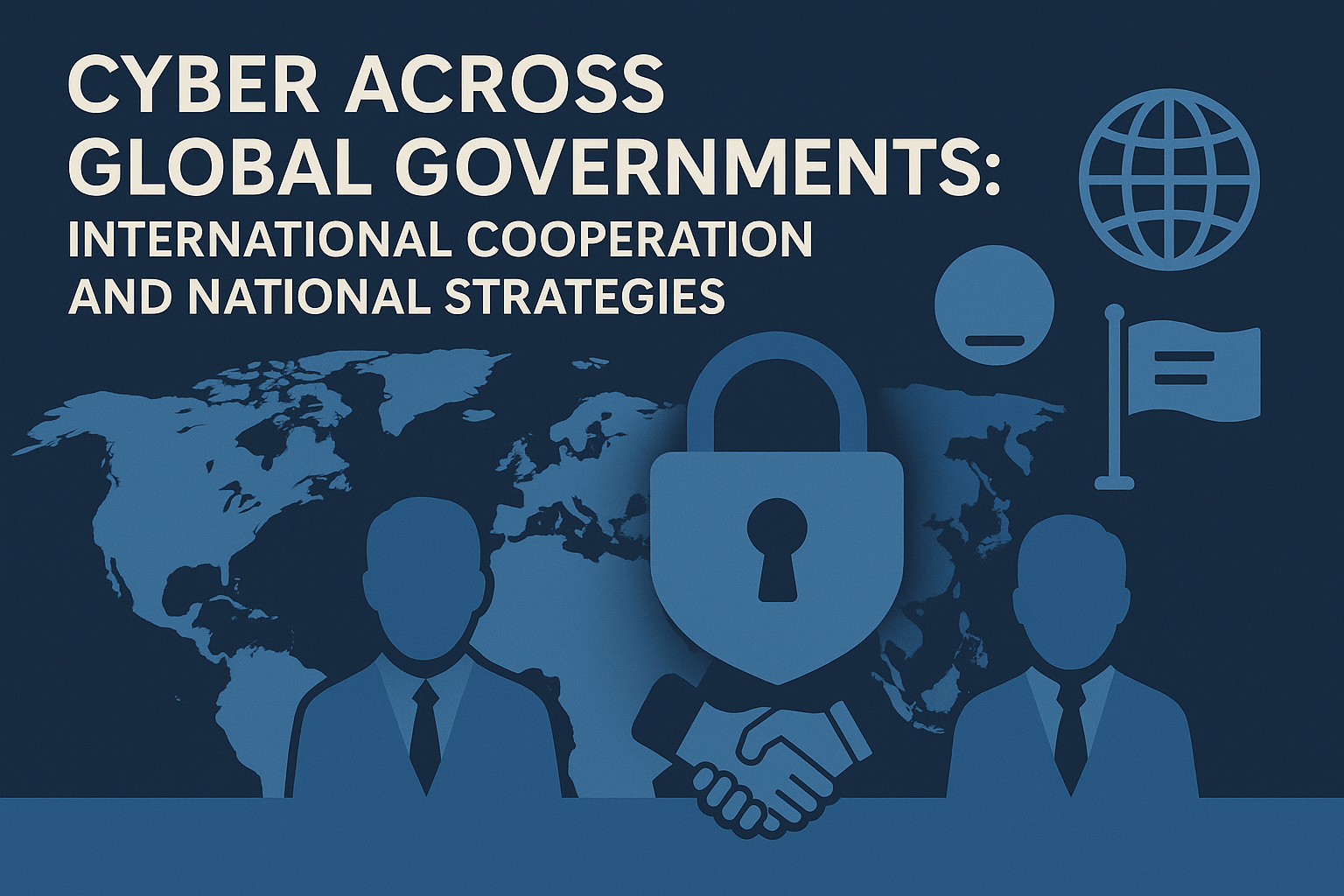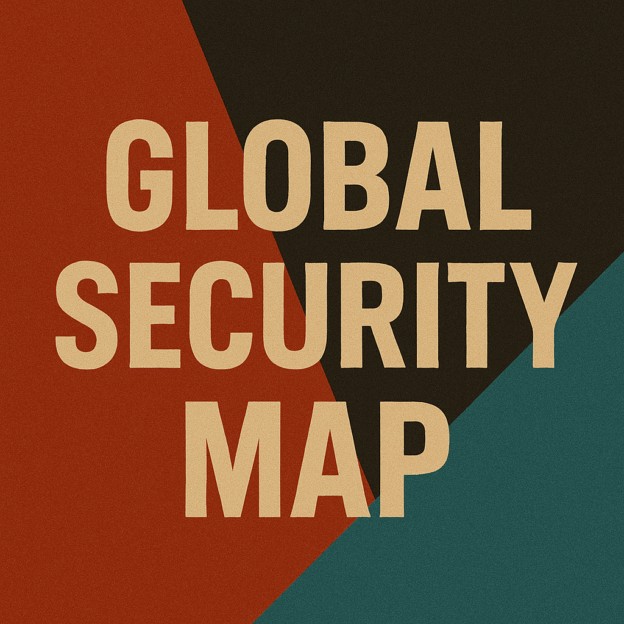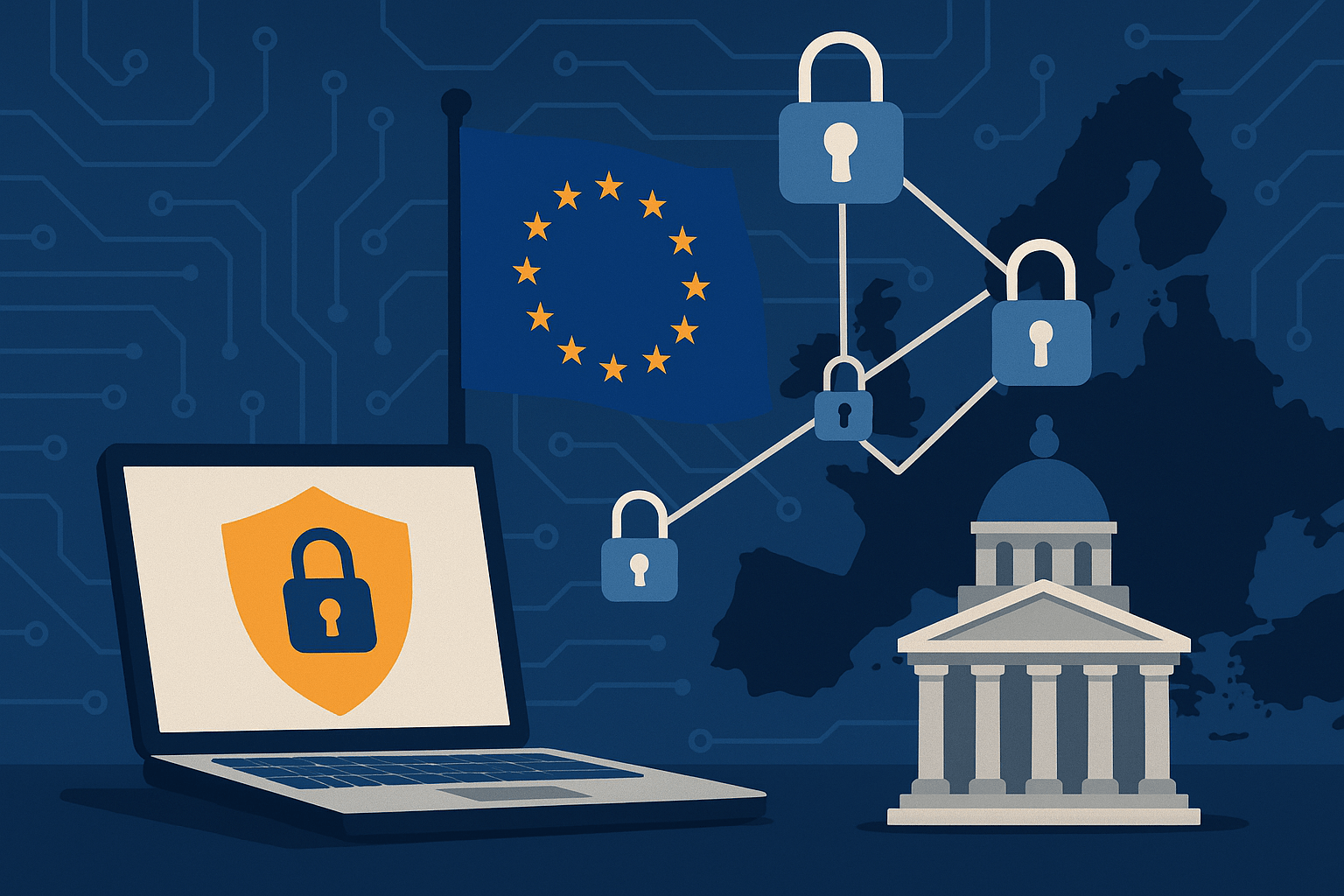From Singapore to São Paulo, academic institutions are becoming key players in the global cybersecurity landscape. While the US, UK, and EU often dominate discussions of academic cybersecurity, universities and research institutions across Asia, Africa, Latin America, and Oceania are rapidly gaining ground, shaping national policy, developing sovereign cyber capabilities, and launching novel technologies tailored to regional challenges. This article explores how academia across the world is influencing cybersecurity practice, producing talent, and collaborating across borders to tackle today’s most pressing digital threats.
Continue reading




